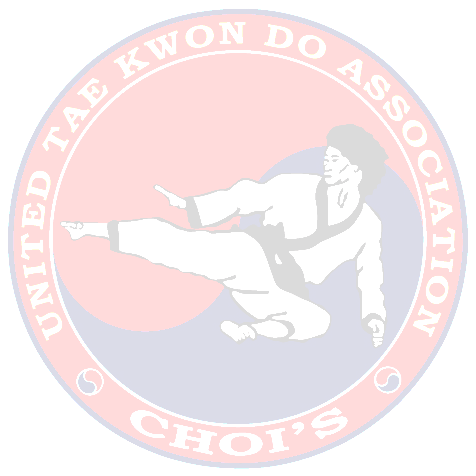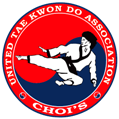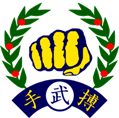
Korean Martial Arts had their beginning centuries before the birth of Christ, and developed a great many kinds of weapons. Every weapon used in combat was included as part of the soldiers over-all military training. In addition to those complex skills, advantages and possibilities of the body's natural weapons were not overlooked, and the skills of unarmed combat were also emphasized. In this manner a branch of military science based upon the natural weapons fists, hands and feet was established. First known as Su Bak and then, over the centuries, called Kwon Bup and then Tae Kyon, it was a vital part of a warrior's training. The name Tae Kwon Do was chosen in 1955 by a group of leaders in the art, and it was officially adopted by the Republic of Korea in 1965.
The history of Korea is very long and exciting as is the history of Tae Kwon Do. The legendary soldier-king Dongoon forged the various tribes into a unified kingdom 23 centuries before the birth of Christ. This kingdom, founded at the high point of Egyptian history and centuries before the Roman Empire was founded, lasted more than twelve centuries.
Next, the three kingdoms emerged: Koguryo (37 BC - 668 AD) located in southern Manchuria and northern Korea; Pakje (18 BC - 600 AD) along the Han River and in southwestern Korea; and the Silla (57 BC - 936 AD). Archaelogic findings such as mural paintings on the royal tombs of the Koguryo dynasty, the stone sculptures of pagodas of temples produced during the Silla period, and documents written in the Pakje dynasty show many studies of fighting stances, skills and formalized movements that closely resemble the present stances and forms of Tae Kwon Do. Therefore, it can be inferred that people in the three kingdoms practiced an art very like the one we study today.
In the southeastern part of the peninsula about 670 AD Silla reunited the three kingdoms and held control for three centuries. Korean culture and martial arts of the period strongly influenced and enriched by the Hwa Rang Ro, a military, educational and social organization for noble youths started by King Jin Heung, of the Silla Dynasty. The influence of the Hwa Rang Ro played an important part in unifying the three kingdoms once more. The code of honor on which the group was based was loyalty to the nation, respect and obedience to one's parents, faithfulness to one's friends; courage in battle and avoidance of necessary violence and killing.
Many scattered escriptions in written documents of the three kingdoms show that the Hwa Rang Ro not only regarded the studying of unarmed combat as an essential part of physical and military training, but they also recommended it as a recreational activity.
Koryo Dynasty ( 935 AD - 1392 AD) In this dynasty, unarmed combat study gained its greatest popularity, and it was practiced both by military personnel and the general public. It was the period that the science was first technically organized and systematized by the leading masters. Military officers and masters were invited by the royal family to present demonstrations and matches annually at the royal court.
Yi Dynasty (1392 AD - 1910 AD) On August 2, 1910 the Yi dynasty was forcibly overcome by Japan and the Japanese colonial government banned not only cultural activities, but also team sports and the martial arts. In 1943, Japanese karate was introduced into Korea for the first time and it gained in popularity until Korea was liberated on August 15, 1945.
The history of Korea is very long and exciting as is the history of Tae Kwon Do. The legendary soldier-
Next, the three kingdoms emerged: Koguryo (37 BC -
In the southeastern part of the peninsula about 670 AD Silla reunited the three kingdoms and held control for three centuries. Korean culture and martial arts of the period strongly influenced and enriched by the Hwa Rang Ro, a military, educational and social organization for noble youths started by King Jin Heung, of the Silla Dynasty. The influence of the Hwa Rang Ro played an important part in unifying the three kingdoms once more. The code of honor on which the group was based was loyalty to the nation, respect and obedience to one's parents, faithfulness to one's friends; courage in battle and avoidance of necessary violence and killing.
Many scattered escriptions in written documents of the three kingdoms show that the Hwa Rang Ro not only regarded the studying of unarmed combat as an essential part of physical and military training, but they also recommended it as a recreational activity.
Koryo Dynasty ( 935 AD -
Yi Dynasty (1392 AD -
© 2013 Choi’s Institute of Tae Kwon Do. All Rights Reserved.


3248-
~ Traditional Tae Kwon Do, conditioning, and character development ~











